Warmer weather is finally upon us, and outdoor living is calling. But those close neighbors and old, ineffective fencing can make us feel less inclined to take advantage of the beautiful weather. Adding or replacing fencing can make your home the private oasis you desire while at the same time giving you a great return on your home investment. It bears mentioning that new fencing will also likely improve your home’s curb appeal and make it safer for the little people and pets in your family all the while improving the functionality of your outdoor spaces.
Because changing your fencing is likely something you will only do once in the lifetime of your home, you want to get it right. This guide gives you a rundown of the types of fencing you might want to consider and some tips for when you are ready to get started creating your outdoor home vacation spot!
Purpose and Considerations
Determining whether your fence is for utilitarian purposes, for appearance, for defining an outdoor space or a combination of all three is essential for selecting the right fence for you. Of course, another big consideration is the budget. Fortunately, there are a multitude of material choices with a variety of price points. Likewise, the costs of labor for installation will vary. Patience in finding the right contractor is also key. By doing your due diligence, you will be sure to find the right installer and materials for the right price.
Types of Fencing:
Chain link
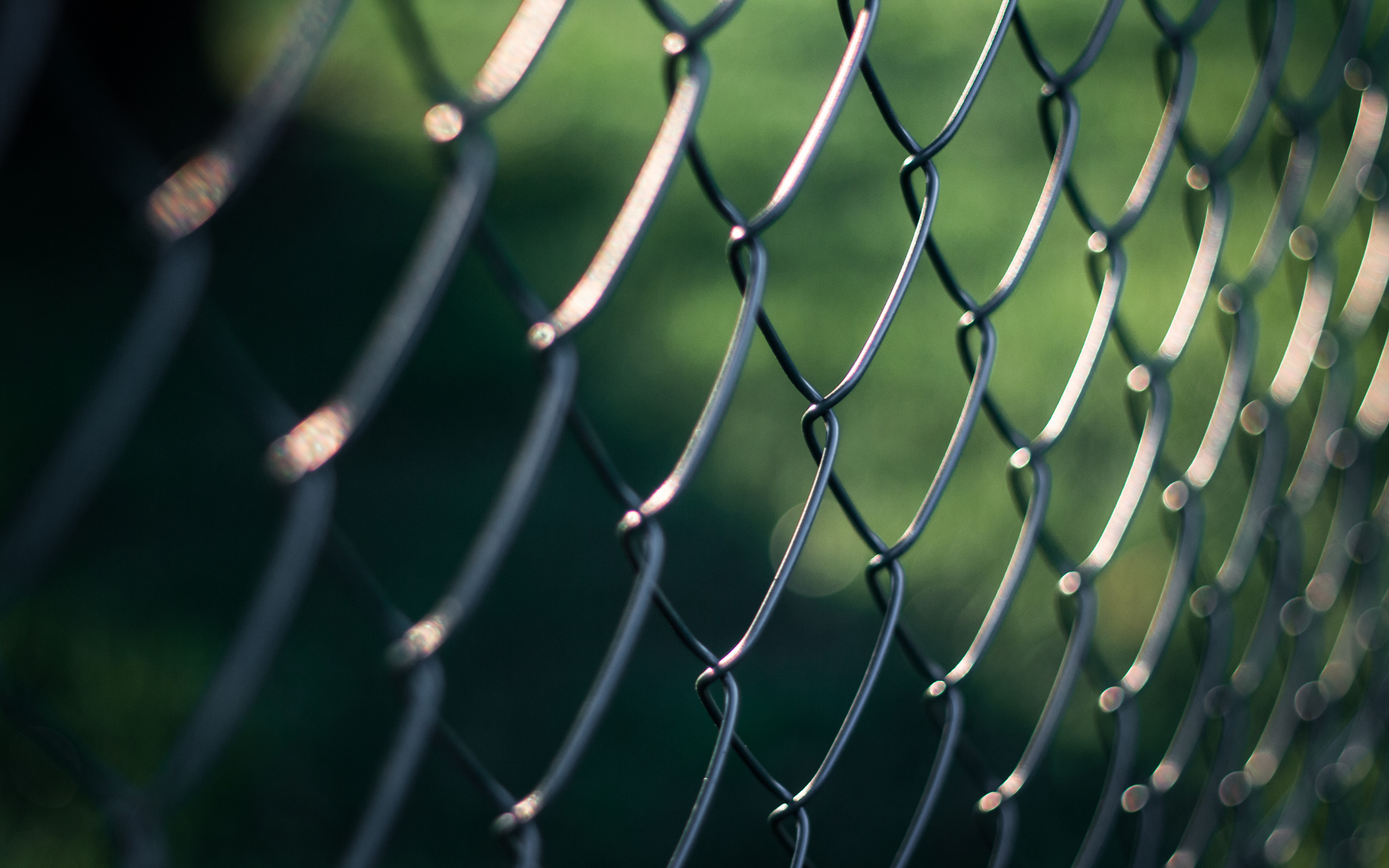
It is a good material if you want something that is very budget-friendly at $5 and $20 per foot for materials and $10 to $20 per linear foot for installation according to HomeAdvisor and serves a utilitarian purpose. The material has changed over the years and is a little more aesthetically pleasing with a rubber coating that comes in various colors. Another positive is chain link fencing is very durable and low maintenance.
Ornamental metal fencing
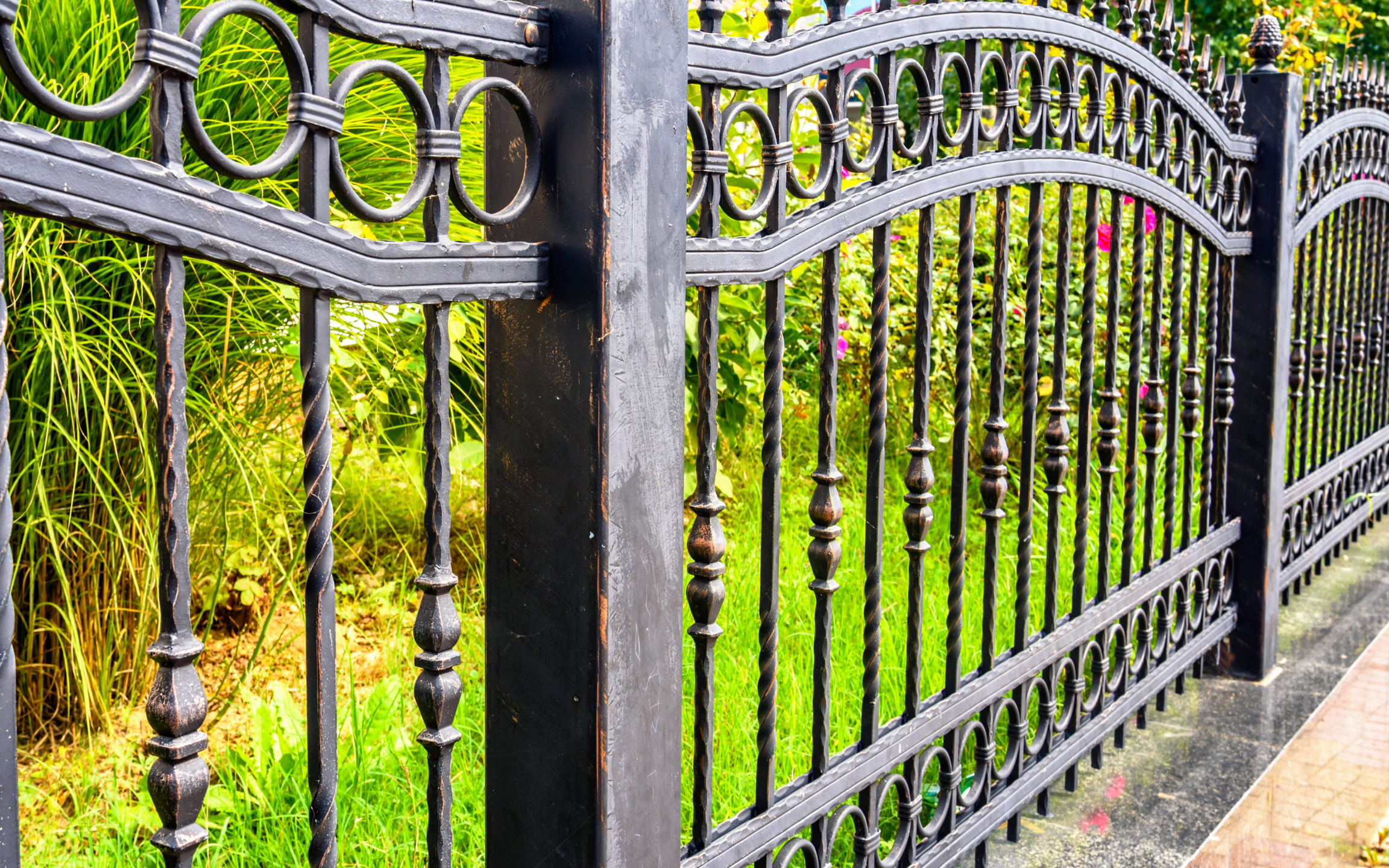
This type of fencing is often made of steel (and sometimes aluminum) for durability and requires very little maintenance with powder-coating. It can be found in several designs and can be customized which of course will sharply increase the cost. The price of aluminum fencing can be anywhere from $7 to $32 per foot, while labor averages $15 to $40 per foot. This fencing material is a good choice for adding elegance and formality to your home. It won’t afford you as much privacy as other materials, but it will likely make your neighbors envious. The installation of this type of fence can be more difficult because of its weight, so finding the right contractor for the job is important.
Wood
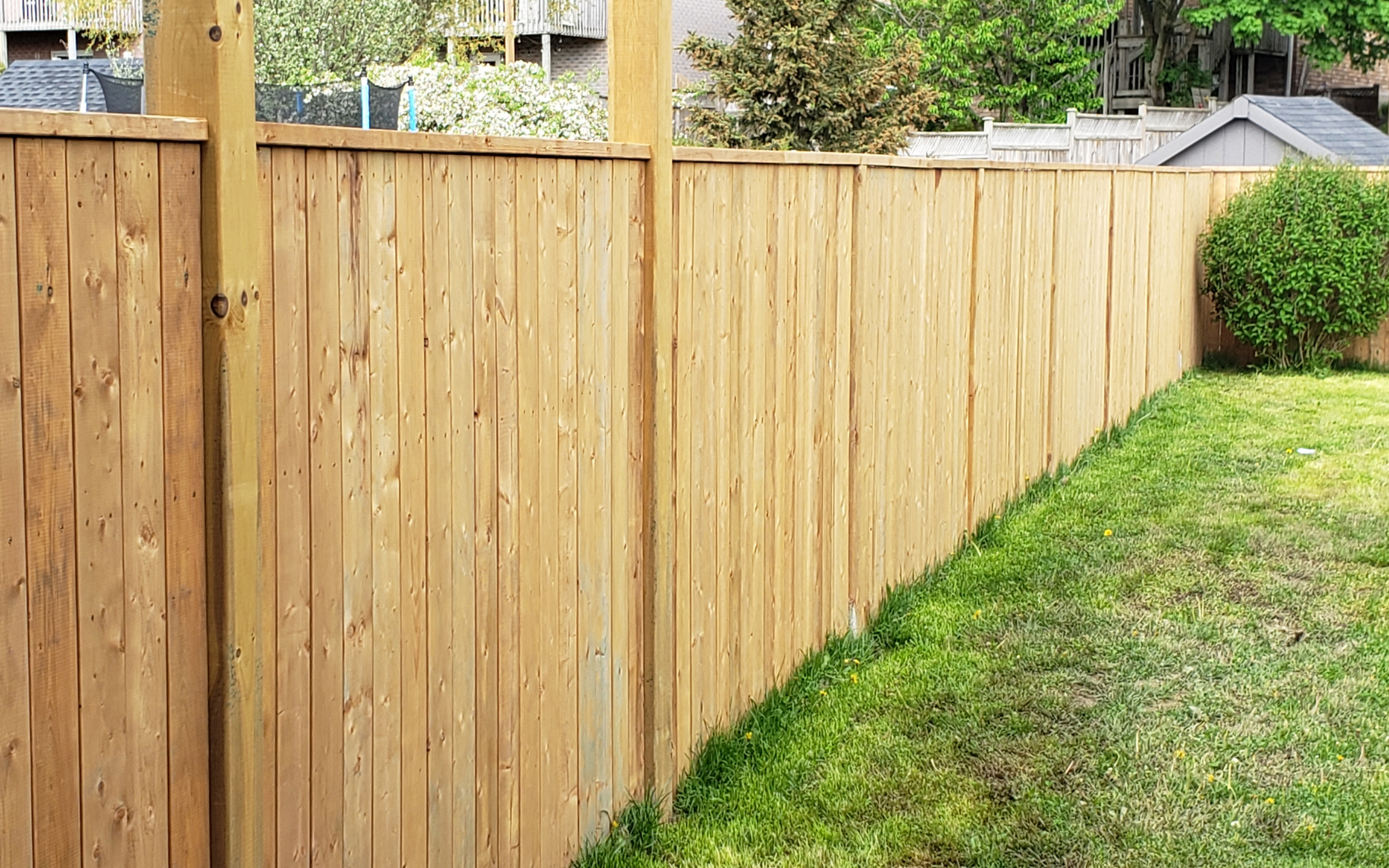
Wood fences come in a variety of styles and can be installed in a multitude of ways. Stick built wood fences are lovely for natural wood lovers and come in a multitude of styles including privacy, picket, split-rail, and shadow boxes. Wood fencing is more traditional and of course an organic material which means there is the downside of higher maintenance. Fortunately, wood can be finished with several different products to make it lower maintenance and give you any number of effects. Of course, with so many options, the prices cover a broad range. “A wood fence typically costs between $1996 and $4448, or $14-$31 per linear foot, depending on size, wood type, and fence style,” according to Lawnstarter.com. Some fencing can be purchased in large sections that are already put together, or you could have your fence built in place by a skilled fencing expert. Check into all the choices for installation so that you can find the right look at the right price.
Vinyl Fencing
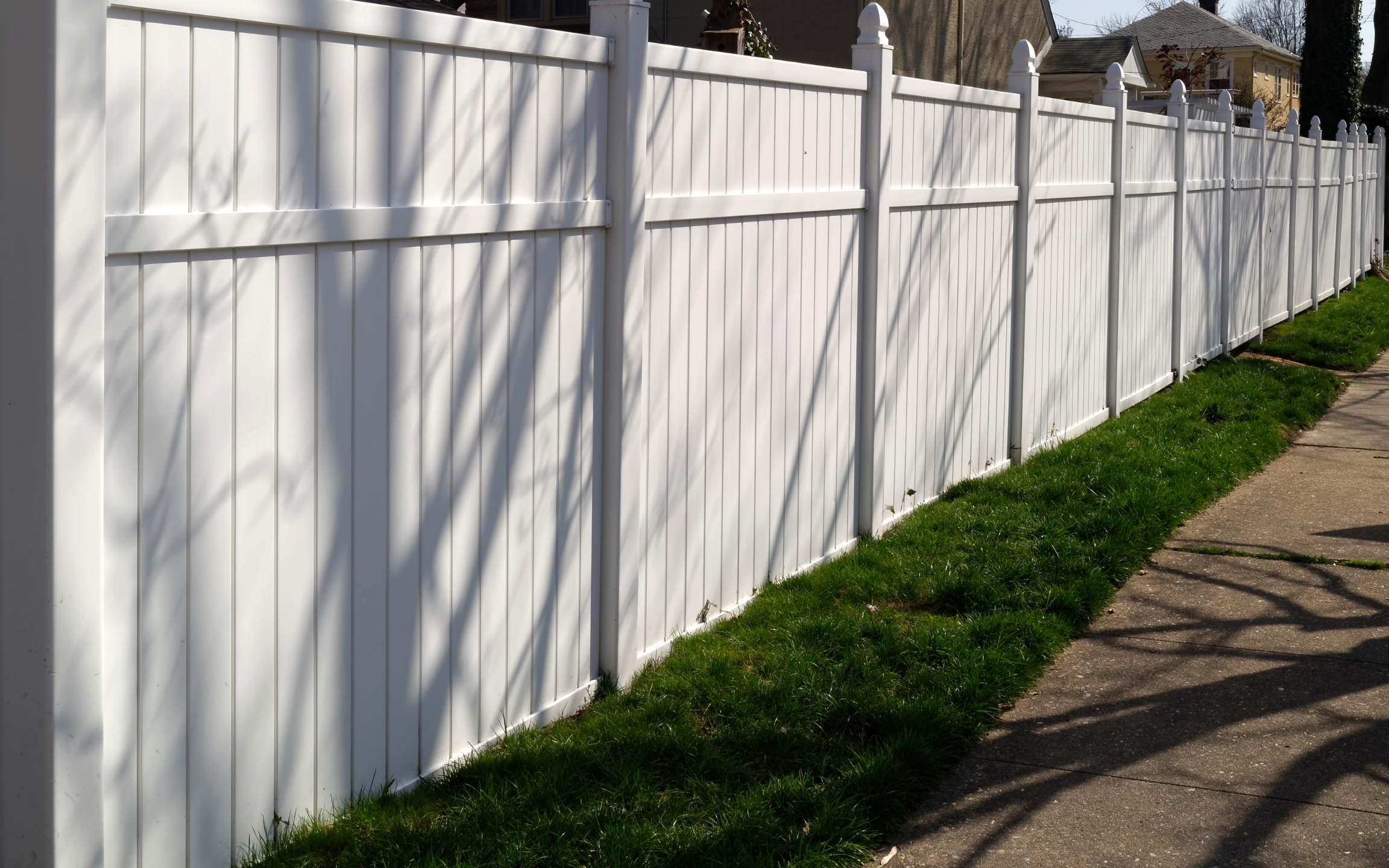
This type of fencing comes in a variety of styles as well. Another plus is this type of fencing is low maintenance and will not fade with weather and requires little maintenance. One potential downside is that it can become more fragile when exposed to extremely cold temperatures. It is a mostly hardy material and comes in many different styles similar to wood fencing that will please almost any preference and can give you the privacy, safety, and looks that you are wanting. According to HomeAdvisor, “Vinyl fencing typically costs between $10 and $40 per linear foot. Expect to pay $3,816 on average, or between $2,238 and $5,482 for professional installation. Designer-grade fences cost the most at $17,000 or more.”
Composite Fencing
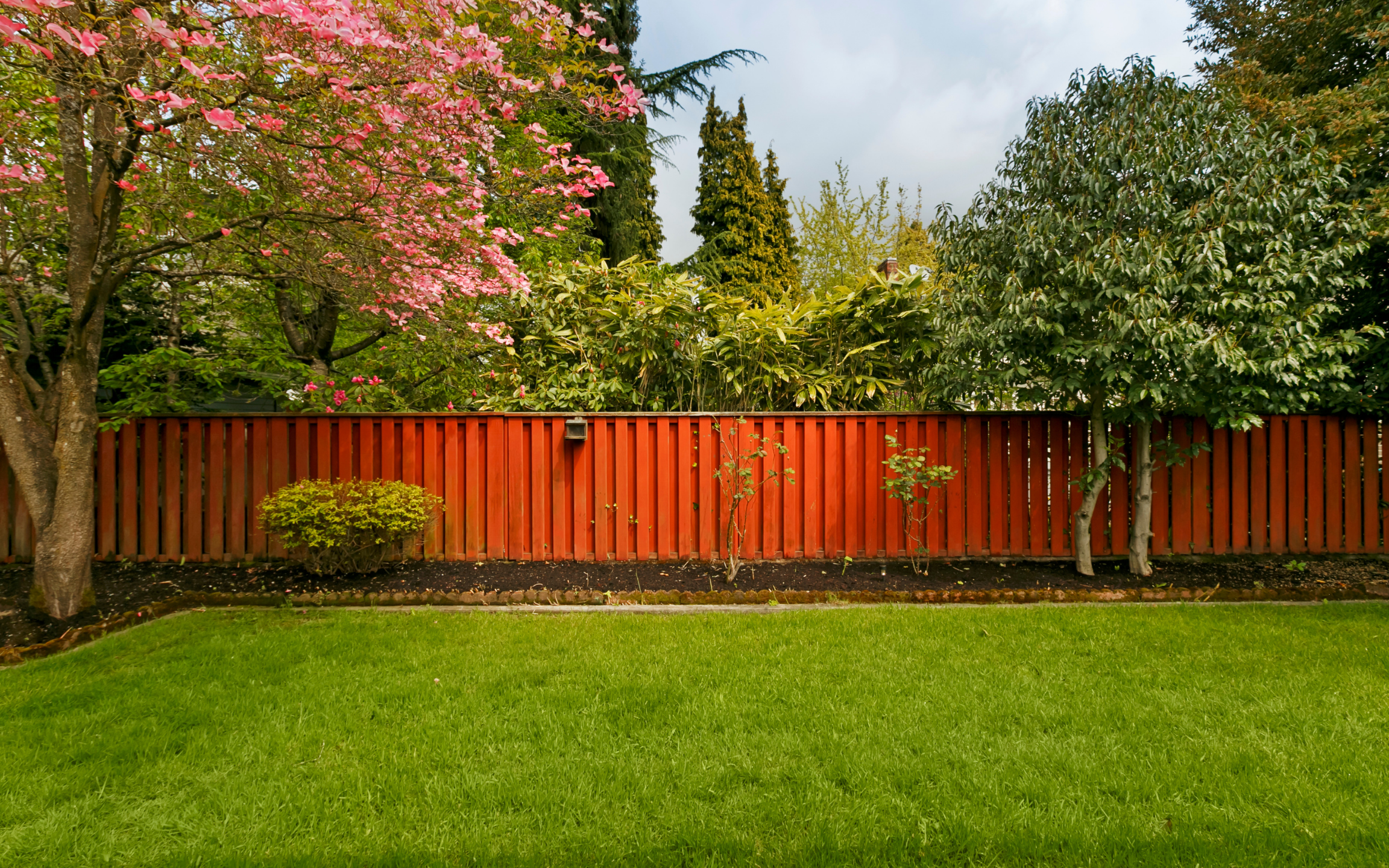
If you want your fence installation to look organic but without all the upkeep, then this is likely the material choice for you. It is a combination of plastic and wood that has been recycled making it very tough. The zero maintenance and extreme durability (you don’t have to worry about the bugs or the weather) aren’t the only pros; it also comes in a lot of cool styles and colors to appease any aesthetic. The key is finding a great installer so you will have a great fence for years and years to come.
Stone or Brick
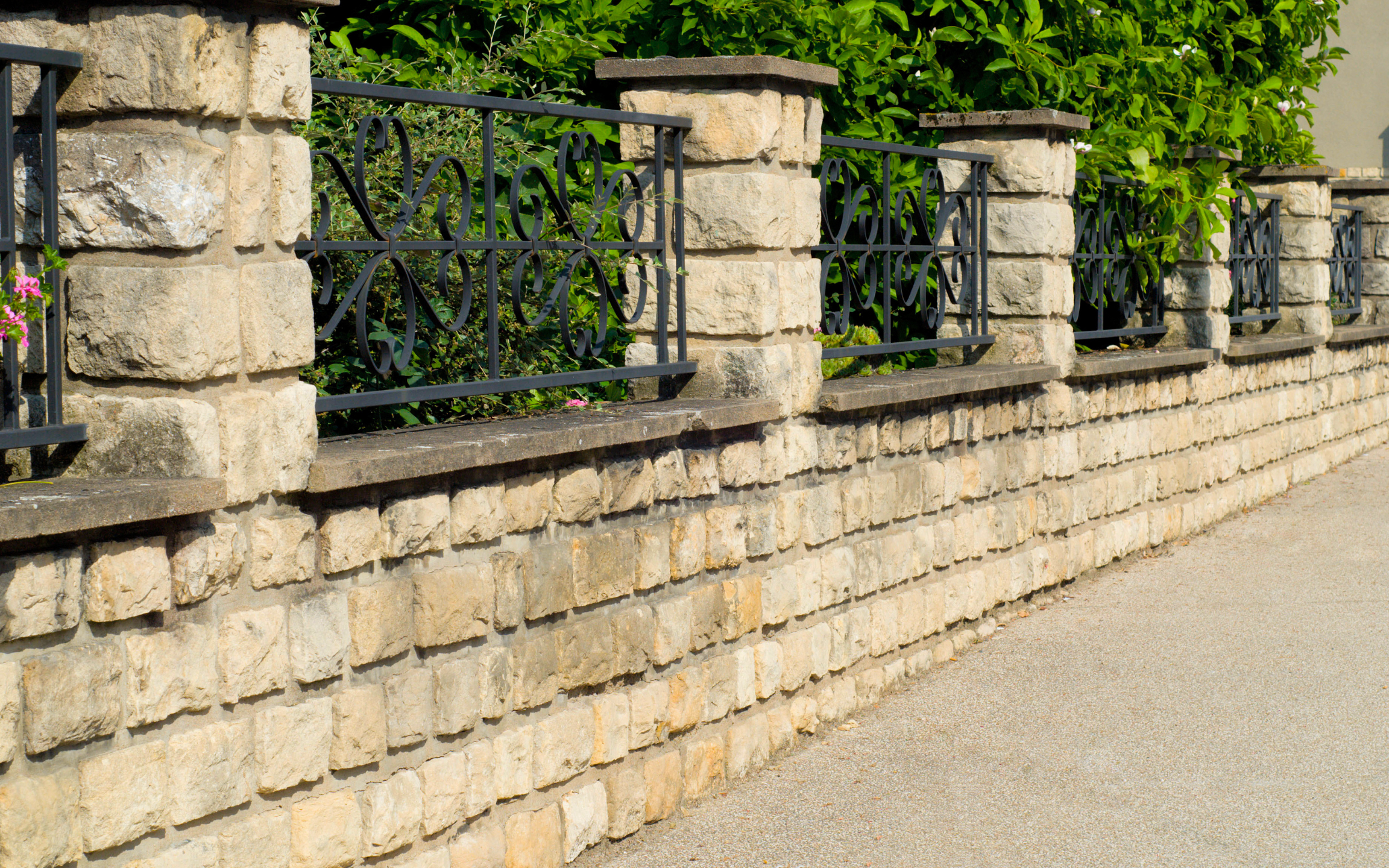
These types of durable and timeless fences add a great deal of value and beauty to a property. Obviously, the materials and installation are much costlier, so you may not get a high return on your investment, but the timelessness, aesthetic, and longevity may make it worth it. According to Homeguide, “Building a brick fence costs $60 to $240 per linear foot for 3′ to 6′ tall walls or $20 to $40 per square foot of wall face.”
Other Tips
- Ask about a survey. This will ensure that your fence is installed properly.
- Always get 3-4 estimates. This will give you the information you need to make an informed decision about the materials, the cost, and the installer.
- Ask for contingencies that might affect cost. For example, if your soil has a lot of rocks, it could make the price go up!
- Ask if your yard will be damaged and how much during the installation.
- Make sure your contractor knows the fencing regulations in your city/state and has access to your HOA requirements.
- Ask about the underground utilities. Some contractors will do that legwork for you and contact the utility companies.
- Discuss your fence installation with neighbors to keep the peace! If your fence is the only one on the property line between you and your neighbors, it is best to have open communication. Get things in writing if there could be a problem in the future!
- Always discuss material options with a knowledgeable contractor. Make sure that you select a contractor who is an expert at installing that type of fencing material. The climate is an important consideration.
- Ask a professional what materials and installation practices will ensure a fence that is straight, tough, and level. Also, ask how deep the posts are set by the company (3 feet deep is recommended for sturdiness and durability). Vinyl fence posts should be poured into concrete. Each type of fencing has do’s and don’ts for installation.
Other considerations
- Two gates are a great idea!
- Work with a contractor who knows the area including the codes, the climate, even the soil and rock content.
- Talk through the timeline and get it in writing.
- Ask your neighbors and 616 Realty agent for contractor recommendations.
- Make sure the contractor you choose has insurance for himself/herself and his crew.
- Find out about your contractor’s warranty plan
- How long do they guarantee the work?
- How long do they guarantee the materials?
A fenced in backyard can make the difference between expanding the usable space of your home and staying indoors. Consider a fencing material that will stand the test of time. By balancing your budget, your needs, and your aesthetic you can get the right fence for you. Also, find out what kinds of fencing materials are hot and what are not by contacting 616 Realty; we know what will increase your ROI as well as thrill potential homebuyers (if you ever decide to sell)!
